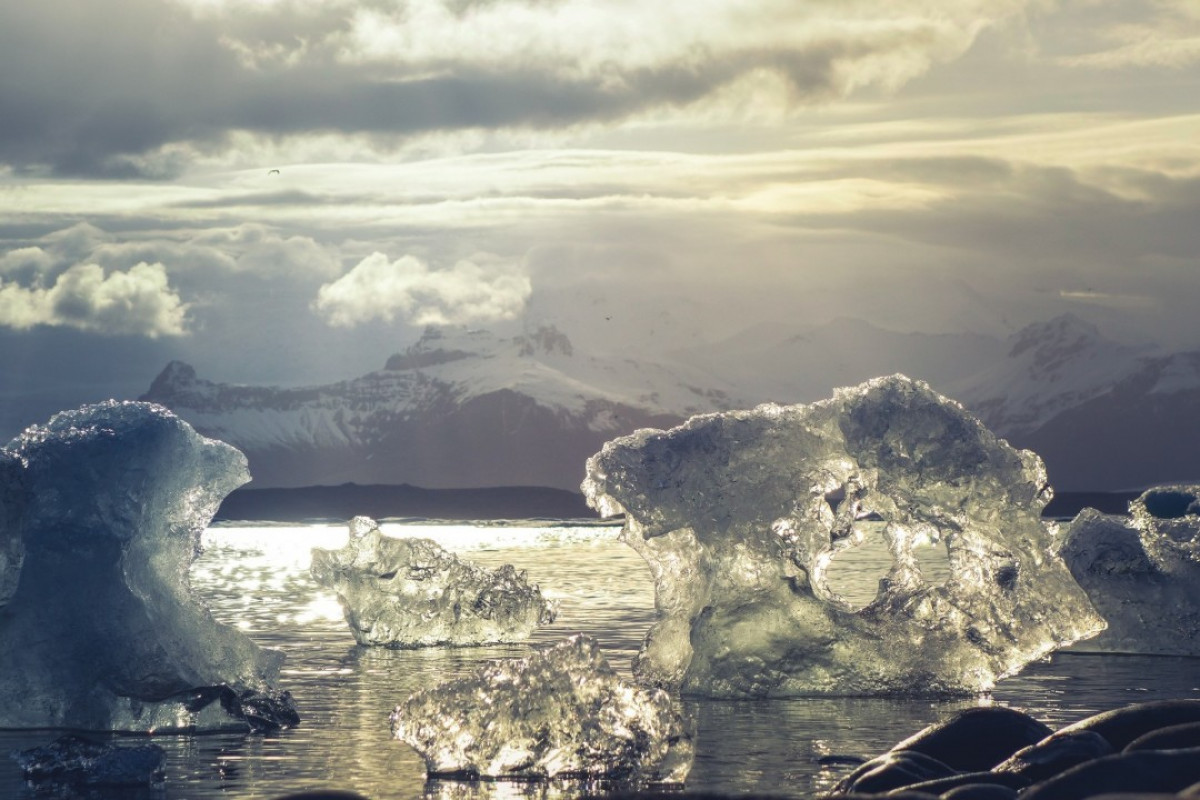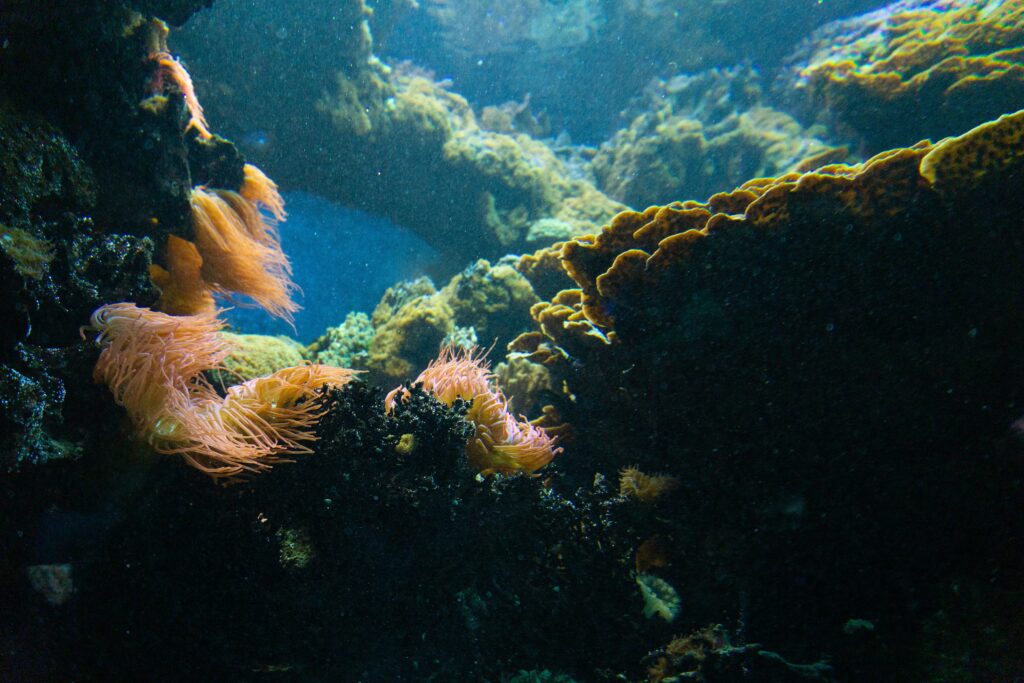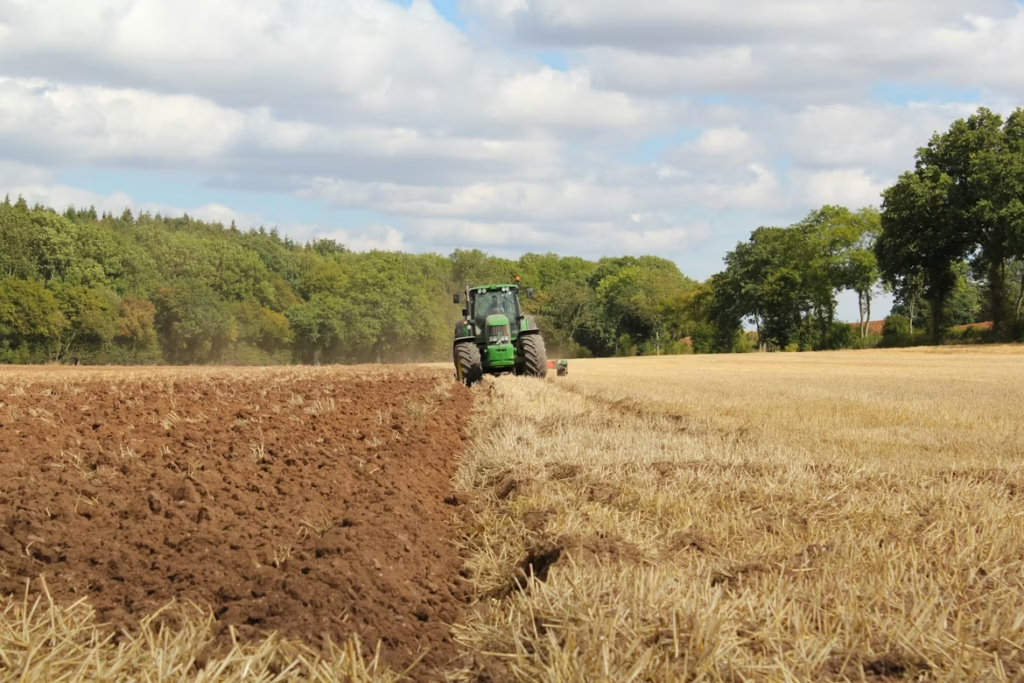Whilst there was a small dip earlier in 2020, there has still been a build-up of carbon dioxide, to such a level that it is now at its highest level in three million years according to the publication. Though emissions for April were lower by 17 per cent on the previous years, they were still on a par with the level in 2006 and levels were back higher than previous years in line with June’s opening of the economies around the world. “We have seen a drop in the emissions this year because of the COVID crisis and lockdowns in many countries … but this is not going to change the big picture,” Petteri Taalas, head of the World Meteorological Organization, a U.N. agency based in Geneva, told Reuters Television. “We have continued seeing records in atmospheric concentration of carbon dioxide.” The report underlined the potential damage the carbon dioxide levens could have on the environment, with hundreds of millions at risk of flooding and access to fresh water said to worsen. The news comes in the week that British scientists have show that cavities the size of the Grand Canyon are allowing warm ocean water to erode the vast Thwaites glacier in the Antarctic. The cavities are said to be roughly six miles across and 800 metres deep, and allow warm water to seep under the ice. Scientists know the cavities are widening but don’t know how fast.
New Study Shows Industrial Mining Significantly Damages Ocean Ecosystems
Machines designed to harvest minerals from the deep ocean are causing substantial damage to life…




